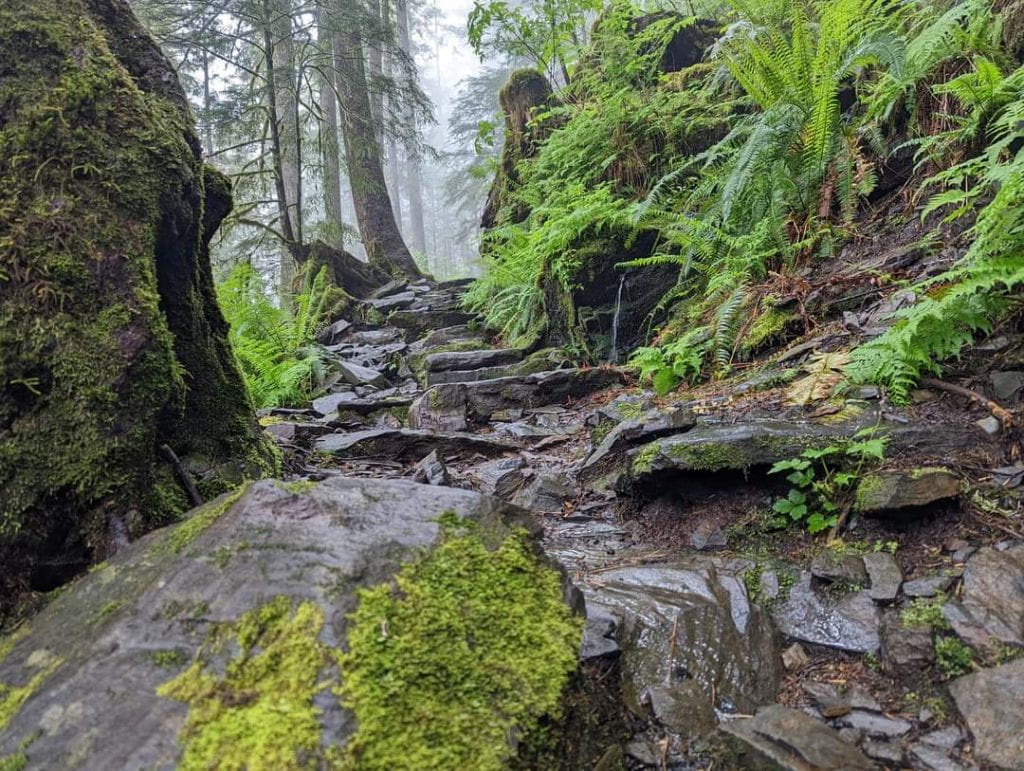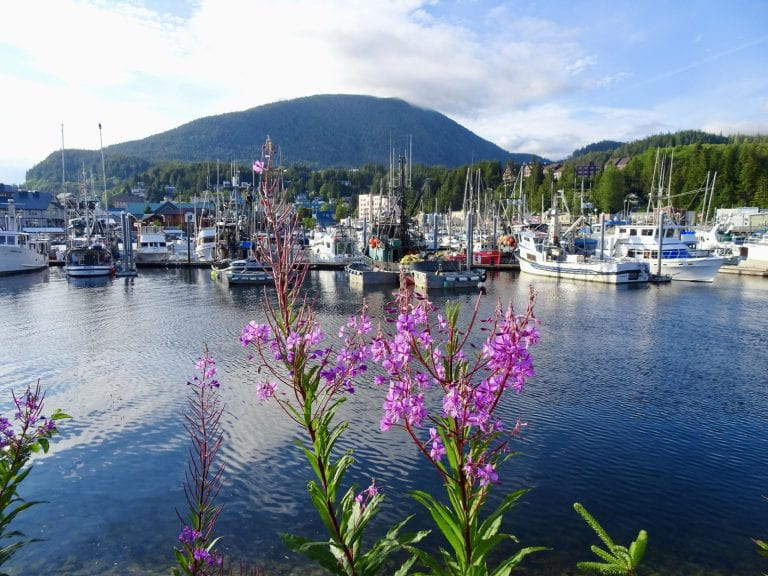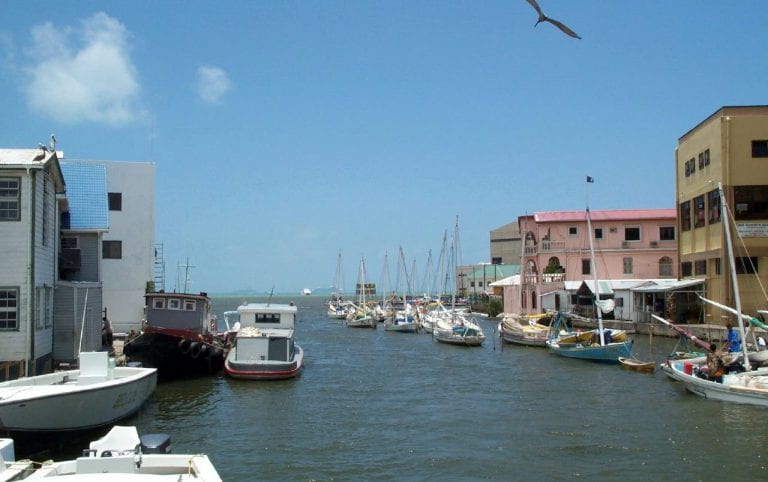Lovely, once-sleepy Ketchikan has evolved into the Gateway to Alaska and Salmon Capital of the World. Set within the Tongass National Forest on Revillagigedo Island in a salt-water channel, Ketchikan is a steep and narrow town with a creek running through it and a mountain rising immediately east of downtown. Bursting with natural beauty and cultural heritage, it has become one of Alaska’s most popular cruise ship stops.
Before the Covid-19 pandemic, the number of cruise passengers visiting Ketchikan began to overwhelm the town. In 2019, cruise visitors outnumbered the 14,000 locals 88 to 1. While the 2020 cruise season was cut short and the 2021 season canceled, cruise visitation made a strong comeback in 2022 with arrivals anticipated to match or pass the 2019 season.
Recognizing that the impressive rate of tourism rebound and constant outpouring of cruise visitors could overwhelm their small community, the Ketchikan Gateway Borough (KGB) government partnered with Confluence Sustainability and the GW IITS to evaluate the state of tourism in Ketchikan and help create a plan to sustain tourism, the top industry, while protecting the local people, land, and culture that makes Ketchikan such a desirable destination.
KGB Planning Director Richard Harney captured the essence of the project: “Ketchikan is a host community. Hosting and entertaining people from all over the world is what we do and who we are. We, as a community, invite people to Ketchikan so we can share our culture and heritage, but over the years, we as a community have somewhat forgotten this as the single-day visitors have overwhelmed some of the community. GW IITS has been a huge help to our community in figuring out what tourism looks like in the future. I am excited about where we have come from and where this process will take us.”

The GW IITS began working with the KGB in January 2022 to complete a destination assessment and formulate the Ketchikan Tourism Strategy (KTS).
The first phase of this project included a situation analysis evaluating the current state of tourism and sustainability in the destination. Next, the situation analysis was validated during an onsite visit in July 2022 where nearly 85 local stakeholders engaged in focus groups, interviews, and community meetings (with roughly 300 more participating in this meeting on Facebook live). Simultaneously to stakeholder meetings, a resident survey was conducted to evaluate resident sentiment towards tourism, and a visitor review analysis was completed using online reviews from Tripadvisor to gain visitors’ perspectives. Residents in Ketchikan recognize the importance of tourism in the economy but feel that it can negatively impact traffic and congestion, the natural environment, and more. Tourism management is an important factor for the future of Ketchikan, and residents would like to be actively engaged in this process.

After evaluating stakeholder, resident and visitor responses, the situation analysis was updated and the GW IITS/Confluence Sustainability team returned to Ketchikan in October 2022 to conduct visioning and planning workshops. Attended by 46 tourism stakeholders, the workshops prioritized key issues previously identified and discussed some potential solutions. To enhance the validity of those discussions with a larger sample, the GW IITS/Confluence Sustainability team set up a table at a local art walk event, an additional opportunity to meet with members of the community and engage another 50+ residents on their views about key tourism issues.

Between the site visits, key meetings were held with local governance entities including the Ketchikan Indian Community, the Ketchikan Visitors Bureau, the City of Ketchikan, the KGB, and the Chamber of Commerce. A Steering Committee and Community Advisory Committee were regularly consulted throughout the planning process.

The development of the Ketchikan Tourism Strategy will be completed in Spring 2023, including an implementation plan and toolkit to guide Ketchikan to a more sustainable tourism future. For the dedicated community that lives and loves Ketchikan, it’s a key step toward protecting their treasured resources and rich heritage while maintaining a thriving tourism economy.



